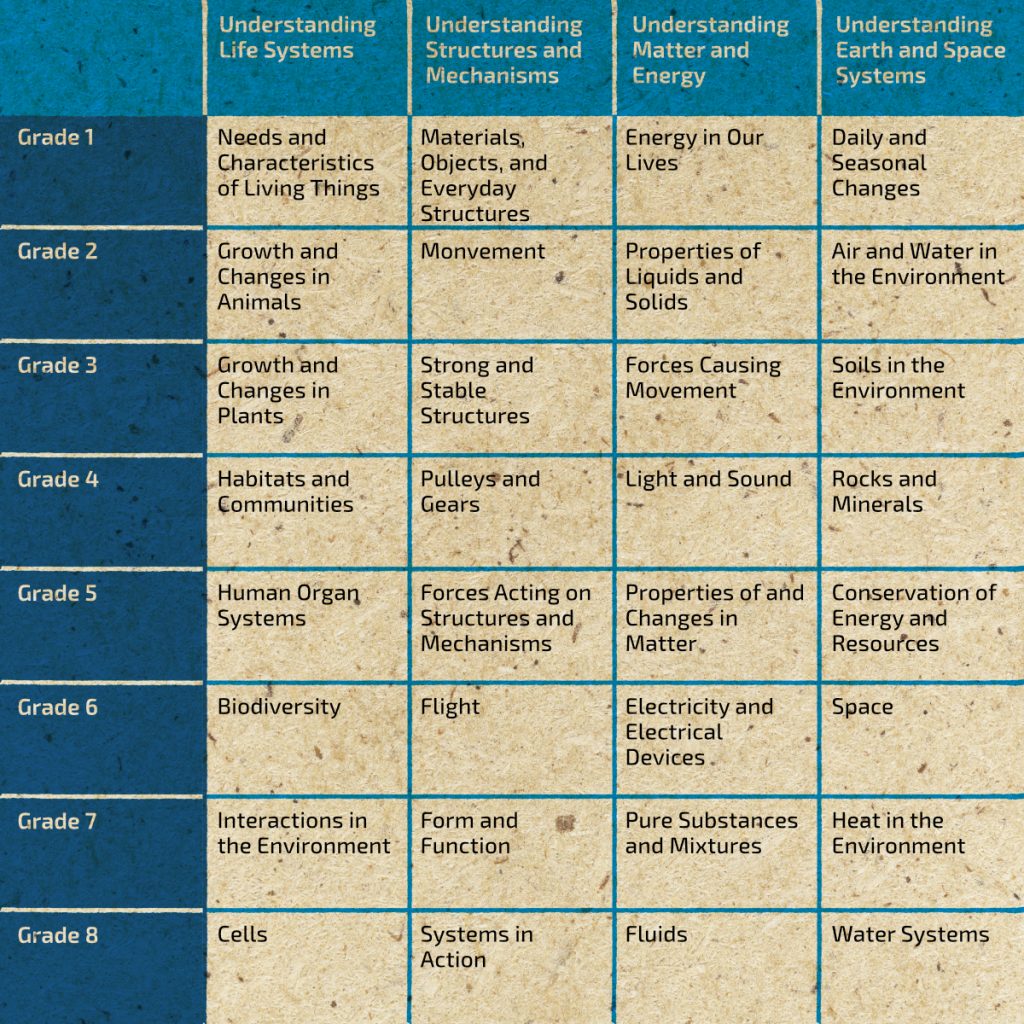Contact Us
We love to hear from you! Drop us a message if you are interested or have any questions about our products and services. We will get back to you as soon as possible.
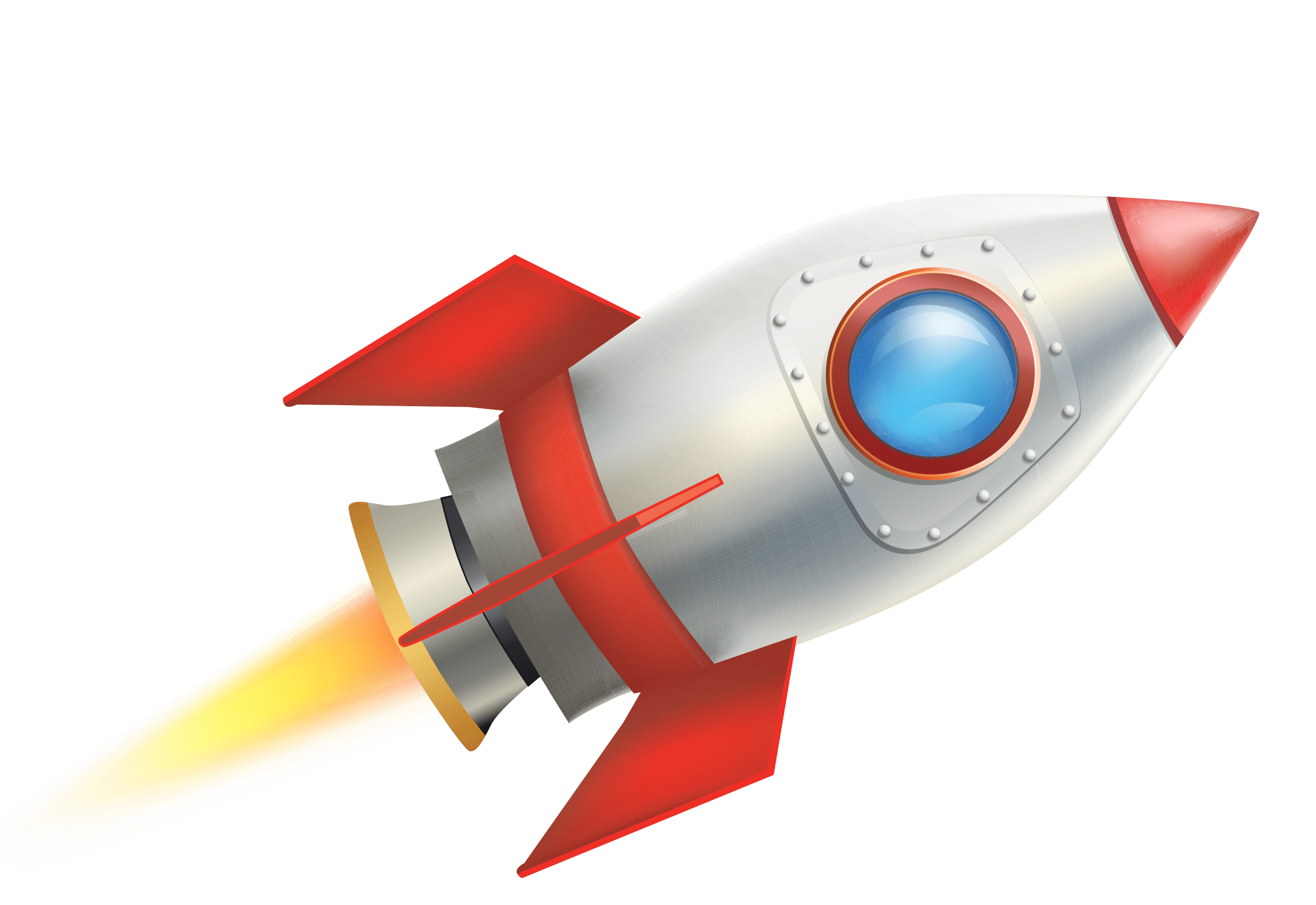
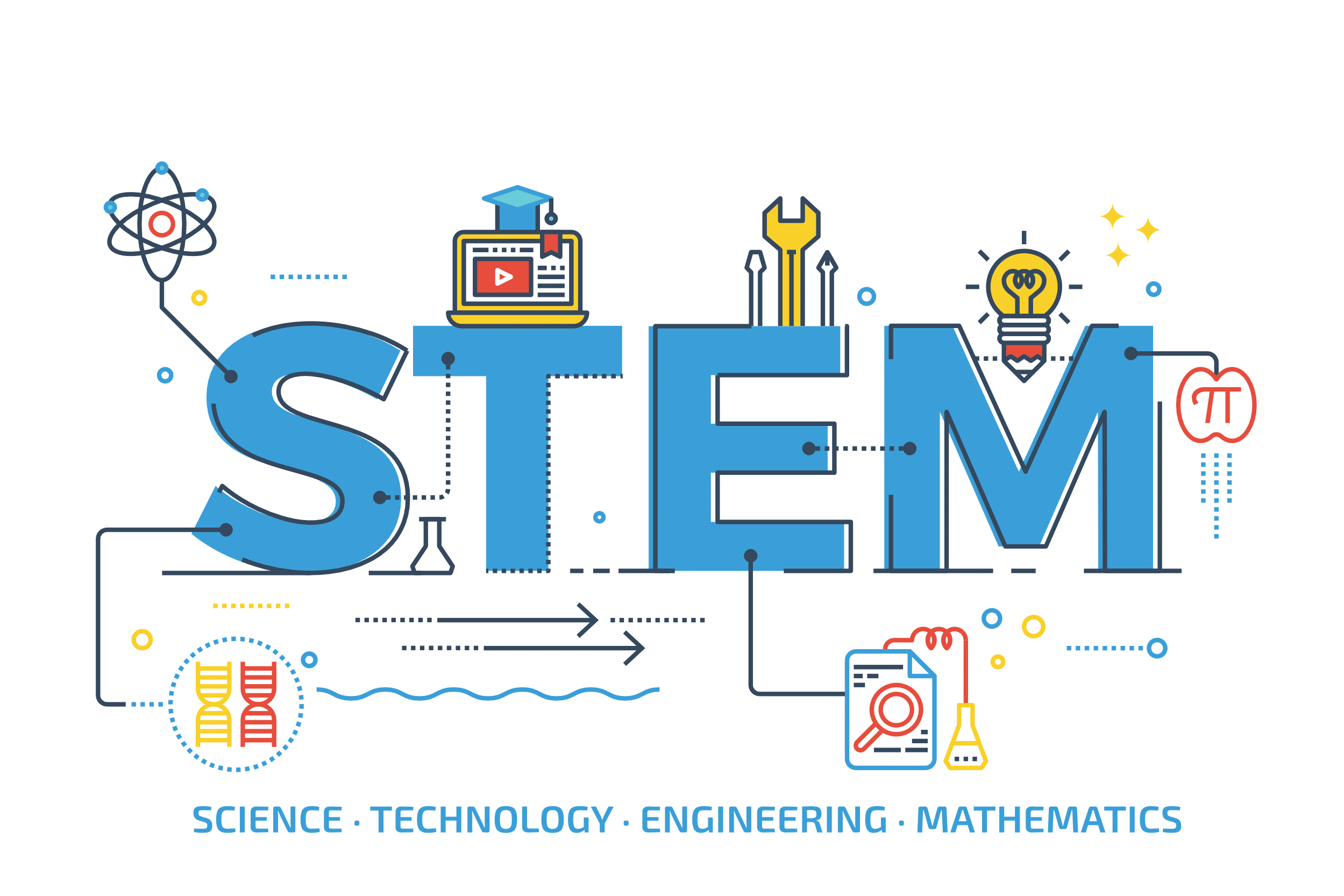
STEM education is an interdisciplinary approach to learning that removes traditional barriers separating the four disciplines of Science, Technology, Engineering and Mathematics, and integrates them into real-world, rigorous, and relevant learning experiences for students.[1]
[1]. Vasquez, J. A., Sneider, C. I., & Comer, M. W. (2013). STEM lesson essentials, grades 3-8: Integrating science, technology, engineering, and mathematics (p. 73). Portsmouth, NH: Heinemann.
[2]. Canada 2067 STEM Learning Framework (2016) Retrieved from: https://canada2067.ca/en/the-learning-framework/
The value of using a STEM educational approach for student learning is strongly supported by findings in research literature. STEM education fosters skills and competencies needed in the real-world for students; it enhances learning in all disciplines and helps students solve real-world problems.
Notably, according to Canada 2067 STEM Learning Framework (2016), [3] in Toronto District School Board (TDSB), over 90% of the administrators and teachers strongly believe that STEM study plays a vital role in improving student learning during K-12 education. The majority of teachers (87%) believed that a more integrated STEM education would improve their teaching practice. 82% of teachers and 98% of administrators would like to see the TDSB STEM strategy continued in schools.
[3]. Sinay, E., Jaipal-Jamani, K., Nahornick, A., & Douglin, M. (2016). STEM teaching and learning in the Toronto District School Board: Towards a strong theoretical foundation and scaling up from initial implementation of the K-12 STEM strategy. Research Series I. (Research Report No. 15/16-16 Toronto, Ontario, Canada: Toronto District School Board)
https://canada2067.ca/app/uploads/2017/12/Canada-2067-STEM-Learning-Framework.pdf
https://www.tdsb.on.ca/Portals/research/docs/reports/TDSBSTEMStrategyResearchRpt1.pdf

[4]. 100Kin10. (2019). Grand Challenges | 100Kin10. [online] Available at: https://grandchallenges.100kin10.org/
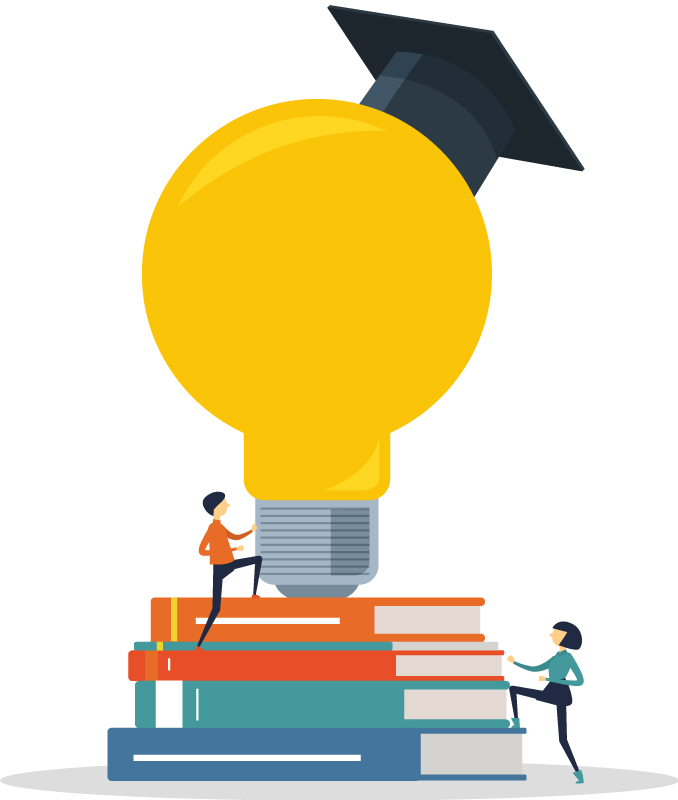
Lack of time for STEM education in school because of four reasons:
1) pressure from standardized testing,
2) administrators undervaluing STEM,
3) a shallow view of STEM, and
4) lack of guidance for teachers on how to properly teach STEM well.
Even when STEM is prioritized, many teachers struggle to effectively use the time allocated for it because they are not receiving the necessary guidance or training.
Teachers often lack access to sufficient STEM resources to promote excellent STEM learning in their classrooms. Many of them are unconfident, ill-prepared, and even anxious about teaching integrated STEM lessons.
Teachers are often unsure about how to distinguish which instructional resources are of high quality, and districts often struggle to determine which engineering and technology curricula will be effective.
The effectiveness of a curriculum is largely dependent on the quality of a teacher’s implementation of it, reaffirming the need to closely link curriculum with assessment, standards, and professional learning opportunities.
We excel in providing systematic STEM curriculum through our kits by engaging children in hands-on learning experience and providing interactive activities to cultivate science literacy.
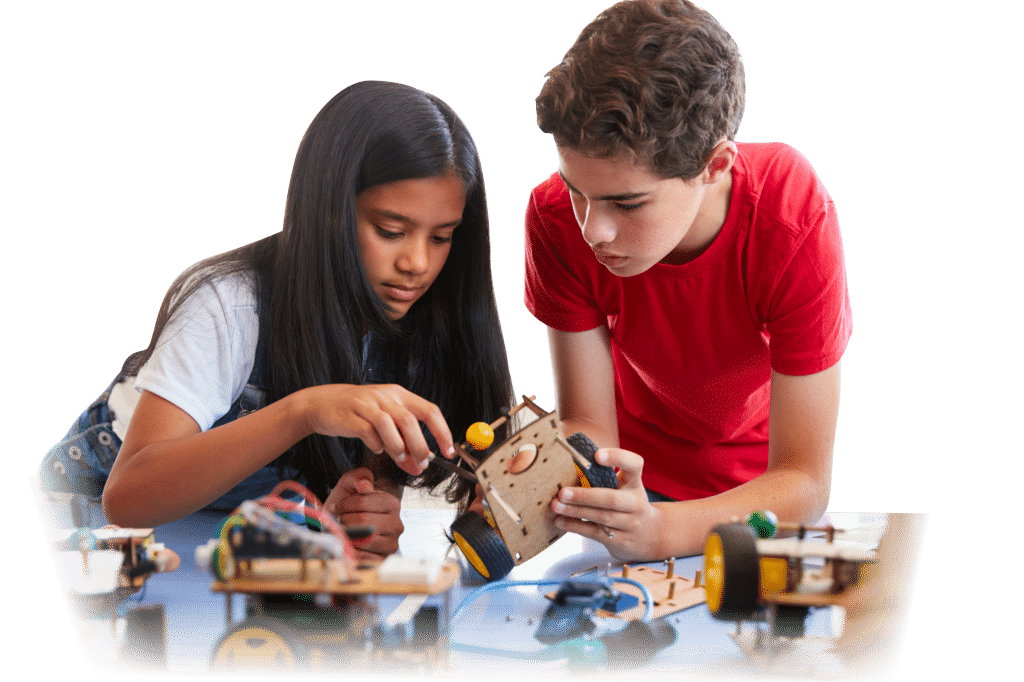
Problem-centered Curriculum Design aligned with the Ontario Science & Technology Curriculum expectations [5]and the American Next Generation Science Standards (NGSS).[6]
ALL IN ONE:
Inquiry- Based Learning Pedagogy + Hands-on Materials + FREE Supporting Video Tutorials + Scientific Cartoons
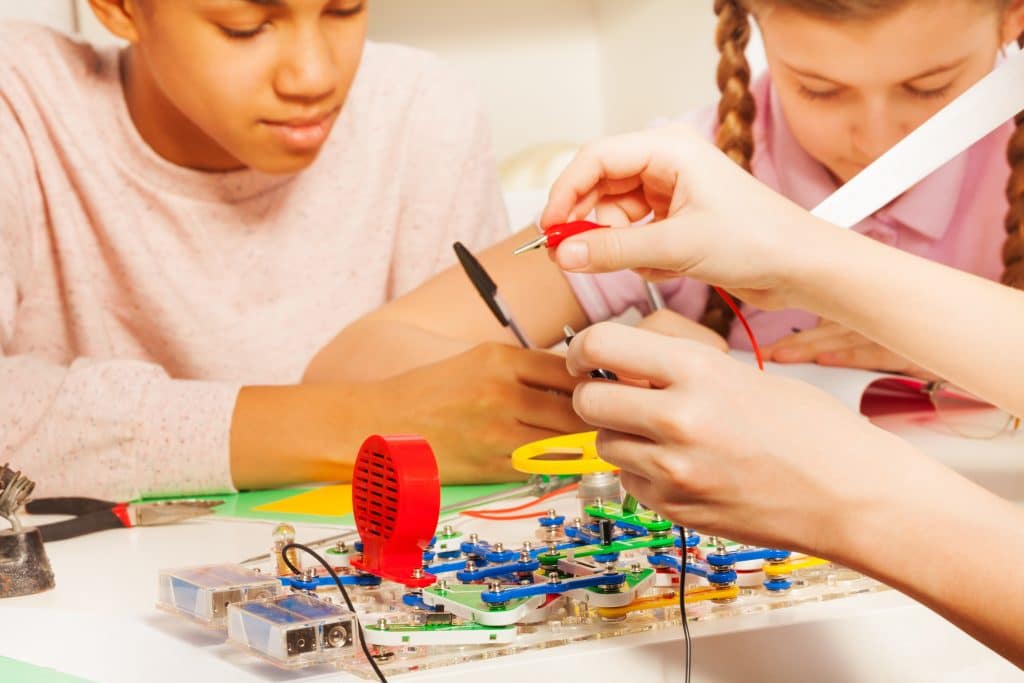
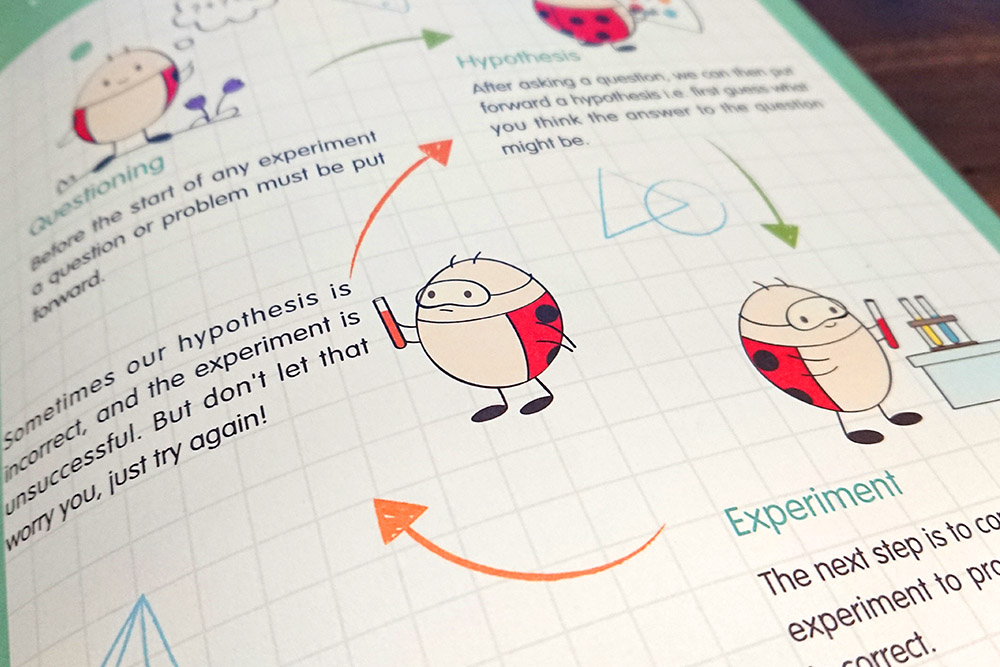

[5]. Edu.gov.on.ca. (2019). Science and Technology. [online] Available at: http://www.edu.gov.on.ca/eng/curriculum/elementary/scientec18currb.pdf
[6]. Nextgenscience.org. (2019). Get to Know the Standards | Next Generation Science Standards. [online] Available at:
https://www.nextgenscience.org/sites/default/files/Final%20Release%20NGSS%20Front%20Matter%20-%206.17.13%20Update_0.pdf
We love to hear from you! Drop us a message if you are interested or have any questions about our products and services. We will get back to you as soon as possible.
